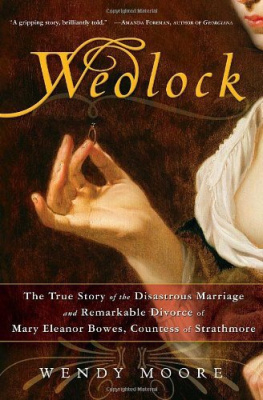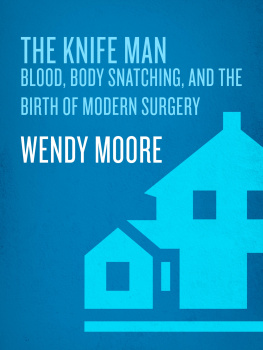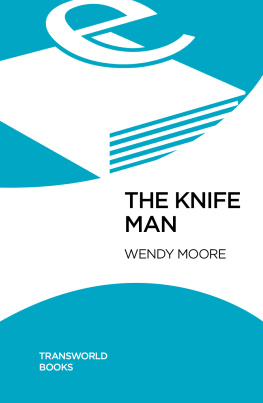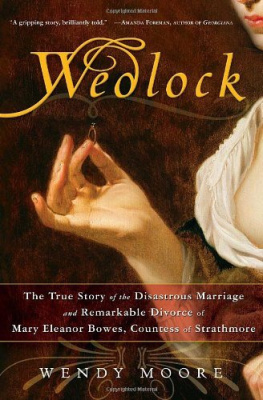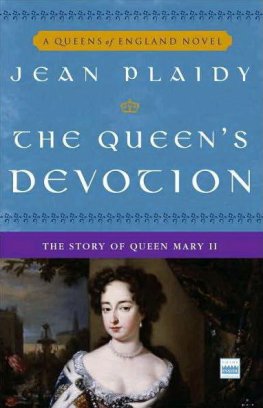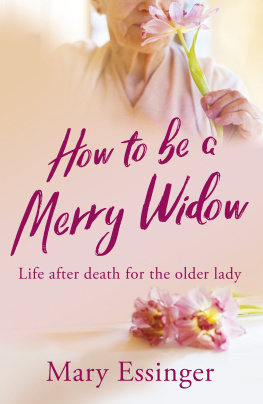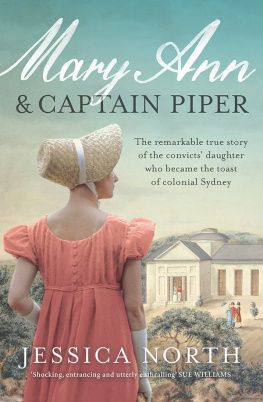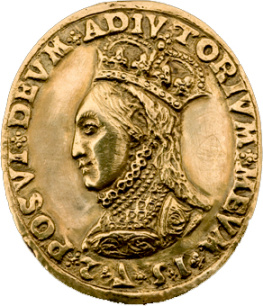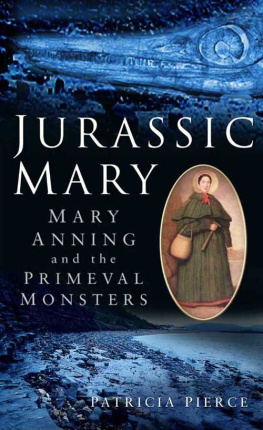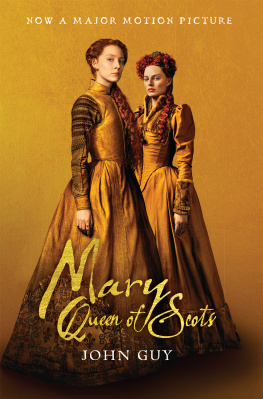Acknowledgements
It is only through the unstinting help and generous advice of numerous people and institutions that this book has been possible. Firstly, for his kind permission in allowing me access to the Strathmore archives at both Glamis Castle and Durham County Record Office, I would like to thank the eighteenth Earl of Strathmore and Kinghorne. For permission to view Mary Eleanor Bowess album, portrait and other materials at St Pauls Walden Bury, and for their hospitality during my visits, my thanks are due to Simon and Caroline Bowes Lyon. I would like to thank His Grace the Duke of Norfolk for permission to use the Arundel Castle archives. My thanks are due to the Bowes Museum for permission to view archives and other materials there, and to William Baker Baker and Durham University Library for permission to access the Baker Baker archive at that library. I wish to acknowledge the permission of Her Majesty Queen Elizabeth II to quote from material in the Royal Archives.
Many archivists, curators, librarians and other staff have been crucial to my research. In particular I wish to thank Jane Anderson, archivist at Glamis Castle, for her diligent and efficient help on my repeated trips to view the Strathmore archives. My thanks are due also to Lady Mary, Dowager Countess of Strathmore, for her interest in my research and to Hamish Howe, guide at Glamis, for his advice. For their unerring hospitality and help, I wish to thank all the staff at Dundee University Archives Department, who provided facilities for me to view the Strathmore archives and always made me welcome during my many visits, keeping me fuelled with biscuits and enthusiasm. I especially wish to thank Dr Mary Young, archivist for the Glamis Project at Dundee University, who has proved my invaluable guide and delightful friend throughout my research, making my trips north an inspiration and a pleasure. In Durham, I wish to thank all the staff of Durham County Record Office and Durham University Library. At the Bowes Museum, I am indebted to the help and advice of curator Howard Coutts and Claire Jones, former keeper of furniture, during my several enjoyable visits. Peter Donnelly, curator of the Kings Own Royal Regiment Museum, Lancaster, provided much appreciated advice on army life. Anne Wheeldon, archivist at Hammersmith and Fulham Archives and Local History Centre, kindly advised me on Craven Cottage. In addition I would like to thank everybody who has helped me at the British Library, National Archives, Royal Society, Wellcome Library for the History of Medicine, Linnean Society, Kew Gardens Library, Westminster Cathedral Library, Royal Pharmaceutical Society, Royal Society of Arts, Fitzwilliam Museum, Arundel Castle archives, London Metropolitan Archives, City of Westminster Archives Centre, Guildhall Library, Kensington Library, Hammersmith and Fulham Archives and Local History Centre, and the Huntington Library, California. My thanks are also due to everyone involved with the National Trust at Gibside, especially former property manager Tony Walton and advisers Hugh Dixon and Chris Gallagher.
I have been hugely privileged to benefit from advice in specialist areas from a large number of individual experts. I would particularly like to thank Elizabeth Foyster for sharing her expertise on the history of domestic violence, Michael Bundock for his advice on eighteenth-century law, Caroline Chapman for her insights on John Bowes and her hospitality in Yorkshire, John Brown for his expertise on eighteenth-century economics, Margaret Wills for her advice on Gibside, Alexander Huber for his advice on Thomas Gray, Dr Donald Stevens for information on Priory Church in Christchurch, and Gina Douglas for her botanical help. For sharing their knowledge of Cole Pike Hill and kindness during my visit I am grateful to Alan and Marjorie Hopps, Paul Shepherd and Stuart Wright. For advice on South African geography and culture, my thanks are due to Catherine Goodwin, and for their generous help in checking my Cape botanical references, I am extremely grateful to Peter Goldblatt and Dr John Manning. For help in French translation my thanks are due to Rachel Hall. For his much-appreciated help in technological emergencies, my grateful thanks to Mike Cudmore. And for pointing me towards Mary Eleanor Bowes in the first place, heartfelt thanks to Simon Chaplin, curator of the Hunterian Museum.
As always, I have been extremely lucky to work with some of the best people in publishing. First and foremost, I wish to thank my unbeatable agent Patrick Walsh for encouraging and guiding me throughout the journey of this book. I am grateful to all the staff at Weidenfeld & Nicolson who have welcomed me into their fold as one of the family and especially to my editor Kirsty Dunseath for her expert and sensitive oversight from start to finish. My thanks go also to copy-editor Marian Reid.
Finally, I want to record my enormous gratitude to all my family and friends who are a constant source of support, keeping me generally on the right track and sometimes providing much appreciated diversions. I am only sorry I cannot name everyone individually. And, as ever, I want to thank Peter, my partner, first reader and - despite the subject of my book - now my husband, for his skilful judgement and unwavering faith in me and my work.
BIBLIOGRAPHY
I. MANUSCRIPT SOURCES
Baker Baker Papers, DUL
Bowes Museum - Memoranda relating to A R Bowes and the Countess of Strathmore, cited as BMAlbum; correspondence and other material in Bowes Museum Archives
Howard Letters 1760-1816, Arundel Castle
Royal Archives, Windsor
Royal Society of Archives
St Pauls Walden Bury Album, album of newspaper cuttings collected by MEB at St Pauls Walden Bury
Strathmore Estate Archives, Durham County Record Office
Strathmore Papers, Glamis Castle (National Register of Scotland 885)
II. PUBLISHED SOURCES
Anon, The British Code of Duel, a reference to the laws of honour, and the character of gentleman (London, 1824)
Anon, A full and accurate report of the trial between the Reverend John Stephens, trustee to E. Bowes, commonly called Countess of Strathmore, and Andrew Robinson Stoney Bowes, Esq. her second husband, in the Court of Common Pleas, before the Right Hon. Alexander Lord Loughborough and a special jury, on Monday, May 19th, 1788 (London, 1788, third edition.)
Anon, The Irish Register, or a list of the Duchess Dowagers, Countesses, Widow Ladies, Maiden Ladies, Widows, and Misses of large fortunes in England (London, 1742)
Anon, The Monthly Chronicle of North-Country Lore and Legend (Newcastle upon Tyne, 1887)
Anon, A New Collection of Trials for Adultery (London, 1799)
Anon, Sketches of the Characters of the Hon. Thomas Erskine, and James Mingay, Esq. interspersed with anecdotes and professional strictures (London, 1794)
Anon, The Stoniad (Newcastle, 1777)
Anon, The Trial of Andrew Robinson Bowes, Esq. Edward Lucas, Francis Peacock, Mark Prevot, John Cummins, otherwise called Charles Chapman, William Pigg, John Bickley, Henry Bourn, and Thomas Bowes, Attorney at Law, on Wednesday, the 30th day of May, 1787... for a Conspiracy against the Right Hon. Mary Eleanor Bowes, commonly called Countess of Strathmore (London, 1787)
Anon, The Trial of Andrew Robinson Bowes, Esq; first heard in the Arches Court of Doctors Commons; and, in consequence of an Appeal, determined in a Court of Delegates... when the Right Hon. the Countess of Strathmore obtained a divorce

